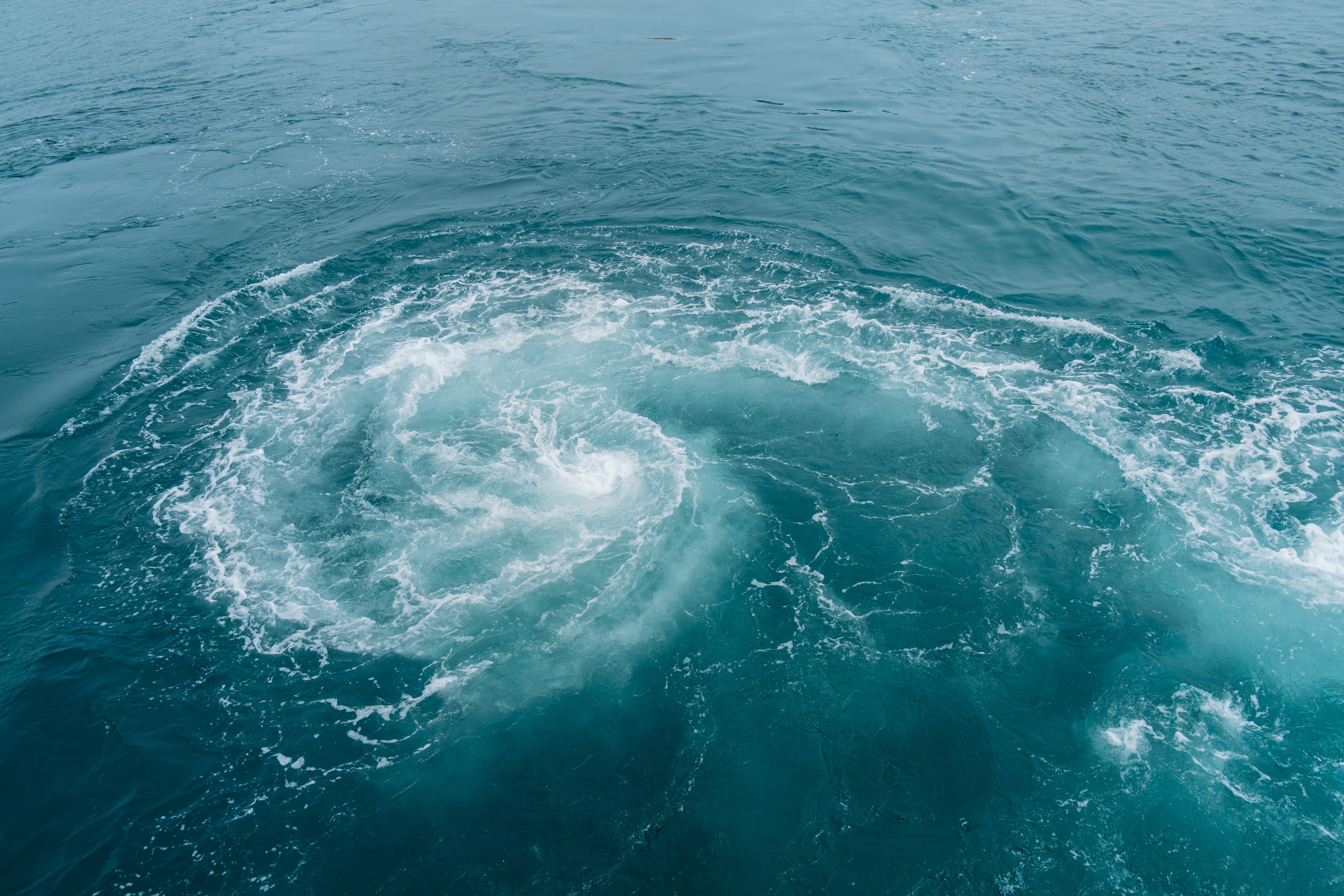Hurricane Preparedness Week is May 1st -7th, 2022. This is a great opportunity to evaluate your hurricane risk, learn whether you live in a hurricane evacuation zone, and review your insurance policies. You can also replenish emergency supplies and think about how to prepare your boat and/or personal watercraft for hurricane season.
This guide will help you prepare your boat for a hurricane by highlighting key activities and preparations you should tackle before, during, and following the event.
Hurricane Season
While hurricanes can occur at any time of year, historically, the seasons are as follows:
- Eastern Pacific Hurricane Season: May 15-November 30
- Atlantic Hurricane Season: June 1-November 30
- Central Pacific Hurricane Season: June 1-November 30
Keep in mind: hurricanes can occur along any U.S. coast or territory along the Atlantic or Pacific oceans.
Hurricane Preparedness
Weather-related disasters can take many forms and the financial cost of repairing and replacing property can be overwhelming. Preparing for emergencies better positions you to recover should a hurricane or other natural disaster strike.
If you live in a hurricane-prone area, it is encouraged to complete these simple preparations before hurricane season begins on June 1st, 2022.
Determine Your Risk
Hurricanes are not just a coastal issue. A strong storm may put those further inland at risk as well. Find out which wind and water hazards could occur where you live. The impact of heavy rain, wind, and even tornadoes can be felt hundreds of miles inland.
This is one of the many reasons why Hurricane Katrina was so catastrophic. It brought 28-foot storm surges to various sections of the Mississippi and Louisiana coastlines. Overall, it’s important to figure out whether you live in an area prone to flooding and prepare to mitigate that risk.
Develop an Emergency Plan
Put together an emergency plan with your household by discussing the following questions:
- Do you live in a hurricane evacuation zone? What is my evacuation route?
- How will I receive emergency alerts and warnings?
- What is my storage plan?
- Do I need to update my emergency preparedness kit?
Find your evacuation zone
Be sure that everyone in your inner circle knows and understands the plan. If disaster strikes, follow the latest guidelines from local emergency officials and adjust your plan as needed.
Assemble Supplies
Assemble supplies and safety equipment you may need before, during, and after an emergency.
For boating, here are a few items required by the USCG:
- Life jackets and throwable flotation devices
- Fire extinguisher(s)
- Navigation Lights
- Sound producing devices/bell, horn, whistle, etc.
- Voice communications
- Visual distress signals
- Backfire flame control
- Ventilation
While not required on some vessels, the following items are strongly recommended:
- VHF Marine Radio with Digital Selective Calling System
- Dewatering Device and Backup
- Mounted Fire Extinguisher
- First Aid Kit
- Anchor and Line
- Person-in-Water (PIW) Kit
» MORE: Boat Safety Electronics
Get an Insurance Checkup
Review insurance policies and other important documents. Make sure that you have enough insurance to repair or even replace your watercraft and/or belongings. Call your insurance company or agent with any questions about your coverage.
Here are some weather-related coverage options worth considering:
- Named Storm Coverage: Provides coverage for damage to your boat caused by a tropical depression, hurricane, or storm named by the National Weather Service.
- Flood Coverage: Covers inland flood damage caused by heavy rain and other flood-related conditions.
- Freeze Coverage: Offers protection from freezing weather for your boat and/or motor
- Wind and Hail Coverage: Covers repair costs if your boat sustains damage from strong winds or hail.
» MORE: Boat Insurance Moves to Make for Hurricane Season
Store Your Boat
The key to protecting your boat from any threatening weather is preparation and timely action. Every boat owner needs a game plan unique to the boat type, local surroundings, and approaching conditions.
Storage options typically fall into two broad categories: out of the water and in the water. For an upcoming storm, decrease the risk of damage and haul your boat if it is not secure on the water.
Sign Up for Warnings and Alerts
When disaster strikes, public safety officials use timely and reliable systems to alert you. Receive real-time updates from the National Weather Service and FEMA. You can also sign up for community alerts in your area.
Most public authorities offer Wireless Emergency Alerts (WEAs), which are emergency messages that can be broadcast from cell towers to WEA-enabled devices in a locally targeted area.
Terms to Know
- Tropical Depression: Organized system of clouds and thunderstorms with maximum sustained surface winds of 38 mph or less.
- Tropical Storm: Organized system of strong thunderstorms with maximum sustained winds of 39–73 mph.
- Hurricane: Intense tropical cyclone with maximum sustained winds of 74 mph or higher.
- Storm Surge: Abnormal rise in sea level accompanying a tropical cyclone that pushes a dome of water onshore. Storm surges can reach 25 feet high and be 50–1,000 miles wide.
- Storm Tide: Combination of a storm surge and the normal tide.
- Hurricane/Tropical Storm Watch: Hurricane/tropical storm conditions that pose a possible threat to a specified coastal area within 48 hours.
- Hurricane/Tropical Storm Warning: Hurricane/tropical storm conditions are expected in a specified coastal area within 36 hours or less.
» MORE: A Guide on Named Storms

